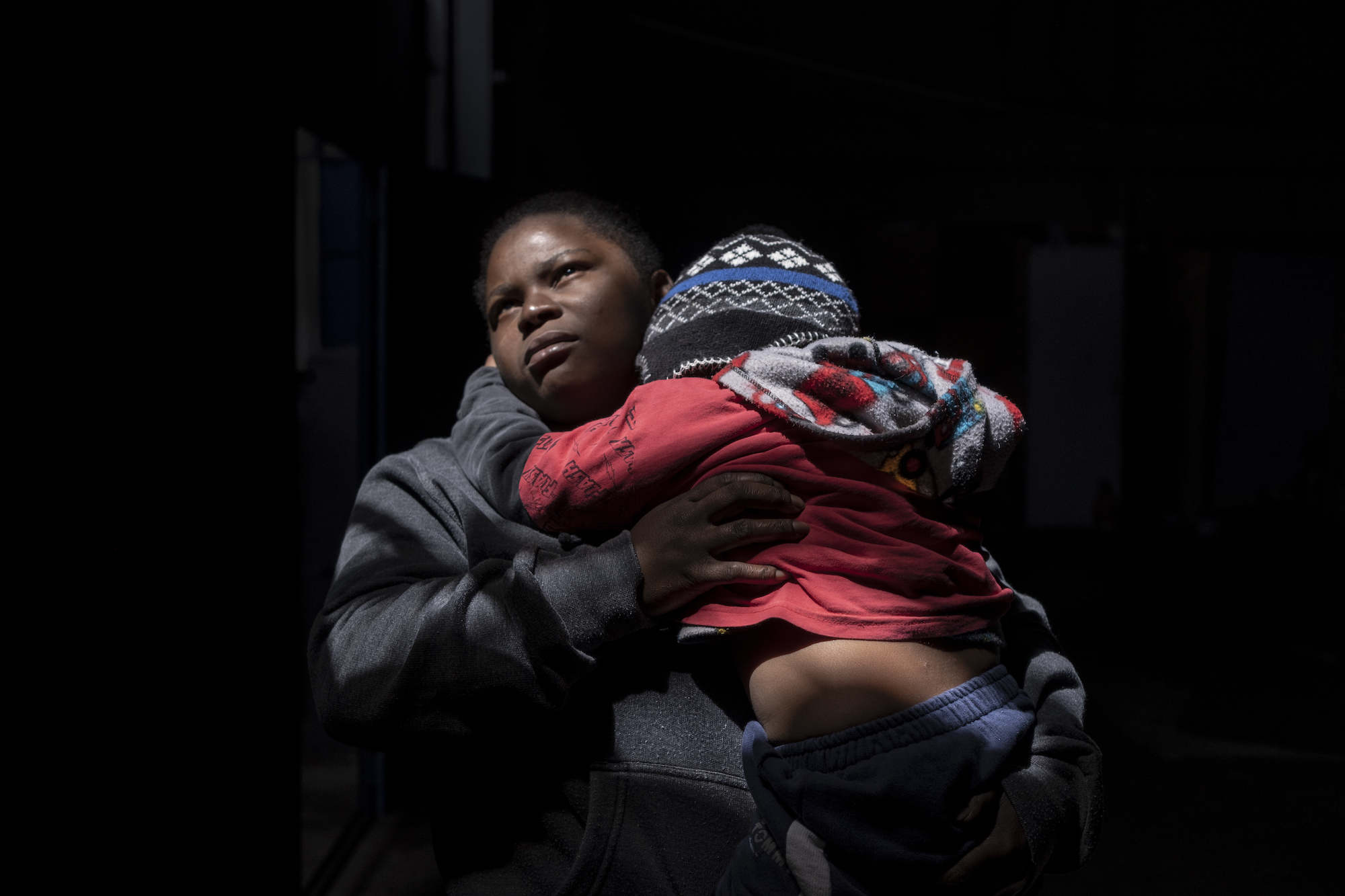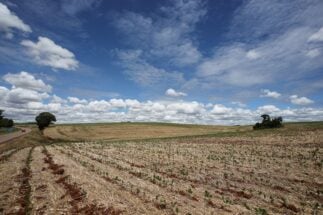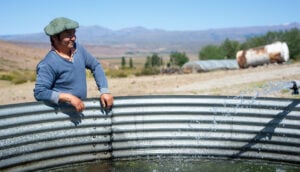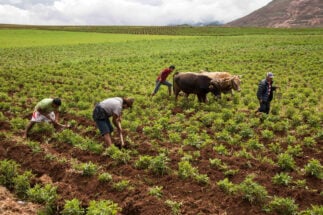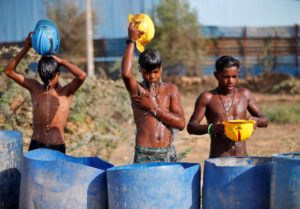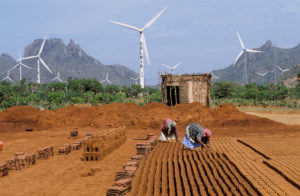It’s been four days since Mariana Cristina Lourdes Moreira has been able to eat properly.
When she and her three small children lived in Santo Antônio de Posse, a rural town of 23,000 people around two hours from São Paulo, hunger was always nipping at their heels. Moreira, now 25, earned money picking oranges on a nearby farm. On her best days, she could fill seven crates in a 10-hour shift, earning her 14 Brazilian reais (US$2.70), or roughly 294 reais (US$57) per month. With rent at 450 reais (US$86), it wasn’t even close to enough.
Moreira had lived in São Paulo once before, but had to move back home to help her mother look after her brother, who has a disability.
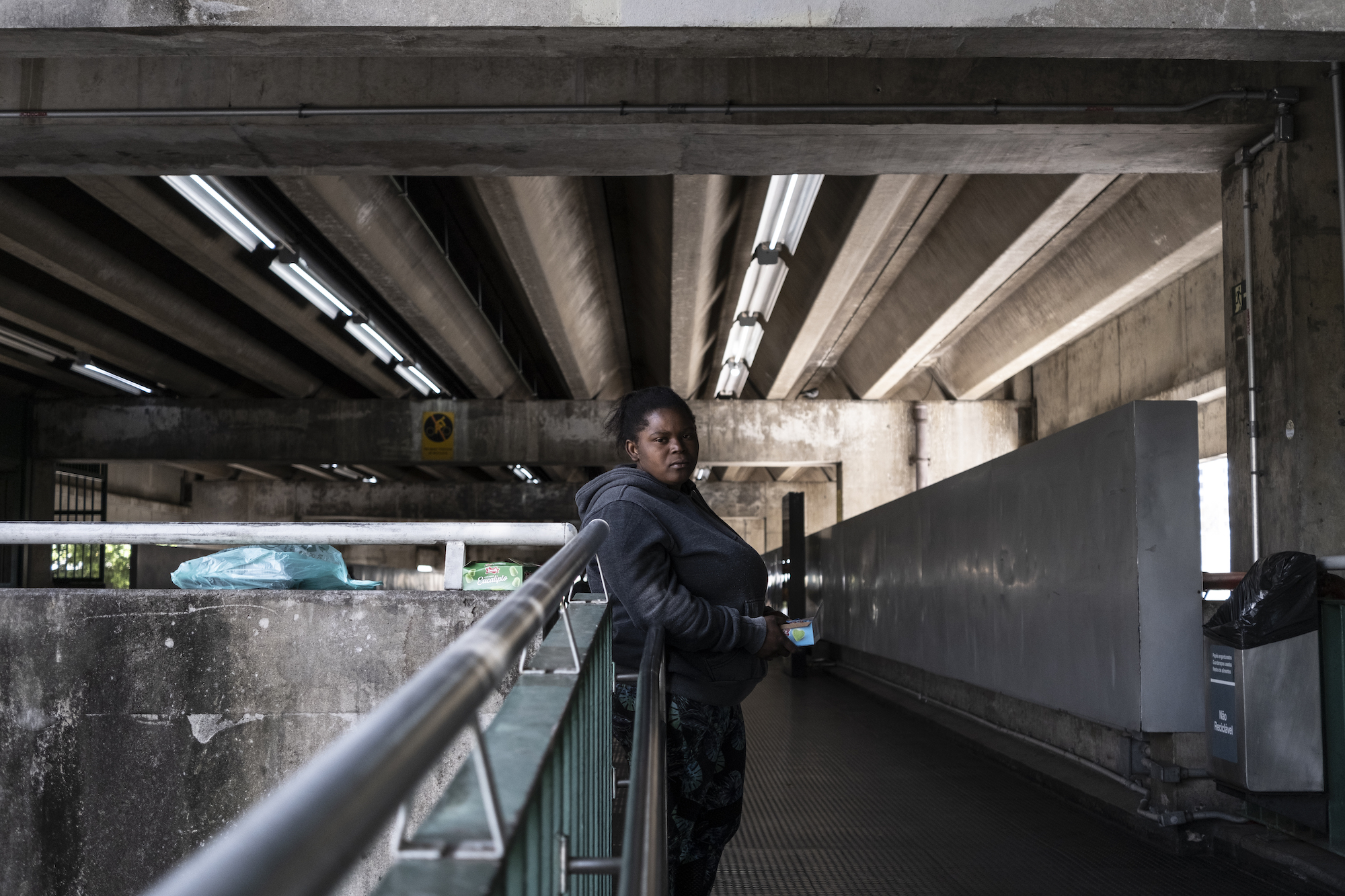
When she looked back on her time in the city, she remembered how kind some of its people had been, always willing to help. So as hunger became a more regular occurrence in her home, and when she could no longer bear to wipe the tears from her children’s cheeks, she scraped together enough money to take the bus back to São Paulo.
Now, sitting at a cafeteria table at the downtown São Martinho de Lima Community Centre, Moreira pulls back the peel of a mango for her six-year-old daughter, Eloá. Her other children – Eloísa, 4, and Kaleb, 2 – munch on bread and sip chocolate milk while they wait for help with their own fruit. Once her three little ones are fed, Moreira turns to her own meal.
Here at the community centre, a group of volunteers led by Father Júlio Lancellotti – a champion for people experiencing hunger and homelessness – serves breakfast seven days a week to between 700 and 1,000 people, including Moreira, Eloá, Eloísa and Kaleb. For lunch, it’s an even bigger crowd.
Some who come for the free meals have struggled with food security for most of their lives. Others more recently became a part of the more than 33 million people in Brazil now going hungry, after the pandemic put 377 people out of work per hour in its first year alone, and the rising cost of food made it nearly impossible to sustain their families.

“Now I can only buy half of what I used to,” says Moreira. “Lots of times I’ve had to put things back after the cashier rings them up because I didn’t have enough money.”
And it’s not only happening in Brazil. Across Latin America, families are struggling to put food on the table, despite rising commodities production and exports from the region that some say “feeds the world”. After slowly pulling its population out of the grips of hunger over the last 15 years, Latin America has, once again, been overtaken by food insecurity, as the pandemic, the war in Ukraine and more frequent extreme climate events weigh heavily on what ends up on people’s plates.
Pandemic increases hunger
When the Covid-19 pandemic began in 2020, almost 3.1 billion people around the world could not afford a healthy diet. According to the “State of Food Security and Nutrition in the World” report, published this year by the UN, 117.3 million of those people were in Latin America.
That’s 21% of the region’s population, and 6.9% more than the year before.
And as food continues to become more unaffordable – the report notes that the cost of a healthy diet will rise again as food prices have surged in 2021 and 2022 – food security and proper nutrition, both issues already troubling the region, are expected to move even further out of reach.
A total of 45.1 million Latin Americans, or 7.4% of people living in the region, were undernourished in 2020. That same year, the prevalence of moderate and severe food insecurity – a lack of physical, social and economic access to safe and healthy food – reached 37.5%. In 2021, those numbers jumped again, reaching 49.4 million people, or 8%, and 38.9%, respectively.
But as millions of Latin Americans go hungry — or chronically undernourished — many of them continue to produce food for others.
A feast for agribusiness
Brazil, Argentina, Paraguay and Uruguay, among other countries in the region, have continued to boost commodities production and exports over the last few years. In the first half of 2022, Brazil’s agribusiness exports, mainly meat, soy and coffee, totalled US$79.3 billion, up 29.4% and considered a new record for the semester.
That growth has been mostly attributed to the increase in food prices, significantly affected by the war in Ukraine’s disruption of supply chains and influence on fertiliser and energy prices, as well as the effects of the pandemic.
At the 2018 Brazilian Agribusiness Congress, Alan Bojanic, the then representative for the UN’s Food and Agriculture Organization in the country, said that Brazil had “the conditions to be the world’s breadbasket,” citing the positive growth of its grain and meat markets.
Export has become more attractive to commodities producers in recent years, as the devaluation of the Brazilian real has made their sales more competitive outside the country than within it.
Argentina’s agribusiness exports have also never brought as many dollars into the country as they have this year. A report by the Rosario Stock Exchange (BCR), the country’s main agricultural market, says that agriculture contributed US$65 out of every US$100 exported during the first half of 2022. In total, a record-breaking US$22 billion was brought into the country in those six months through the export of grains, cereals and by-products.
We produce food for 400 million people, but it seems that none of them live here
But like the rest of Latin America, food insecurity, undernourishment and hunger continue to grow in Argentina.
Structural problems, runaway inflation that has already reached 70% year-on-year, a high market concentration in the food industry, and a weak macroeconomy are just some of the factors that help explain how a country with such wealth in agribusiness can struggle to feed its own population.
“We produce food for 400 million people, but it seems that none of them live here, where there are more and more poor people,” says Enrique Martínez, coordinator of the Institute for Popular Production and former director of the National Institute of Industrial Technology (INTI). “It is a great paradox.”
Vulnerable households
Leidi Cuevas is 29 years old, has three children and a husband who just lost his job. She lives in the southwest of the city of Rosario and, since the pandemic began, has been in charge of a community kitchen that initially served 200 families. It now provides meals for more than 600.
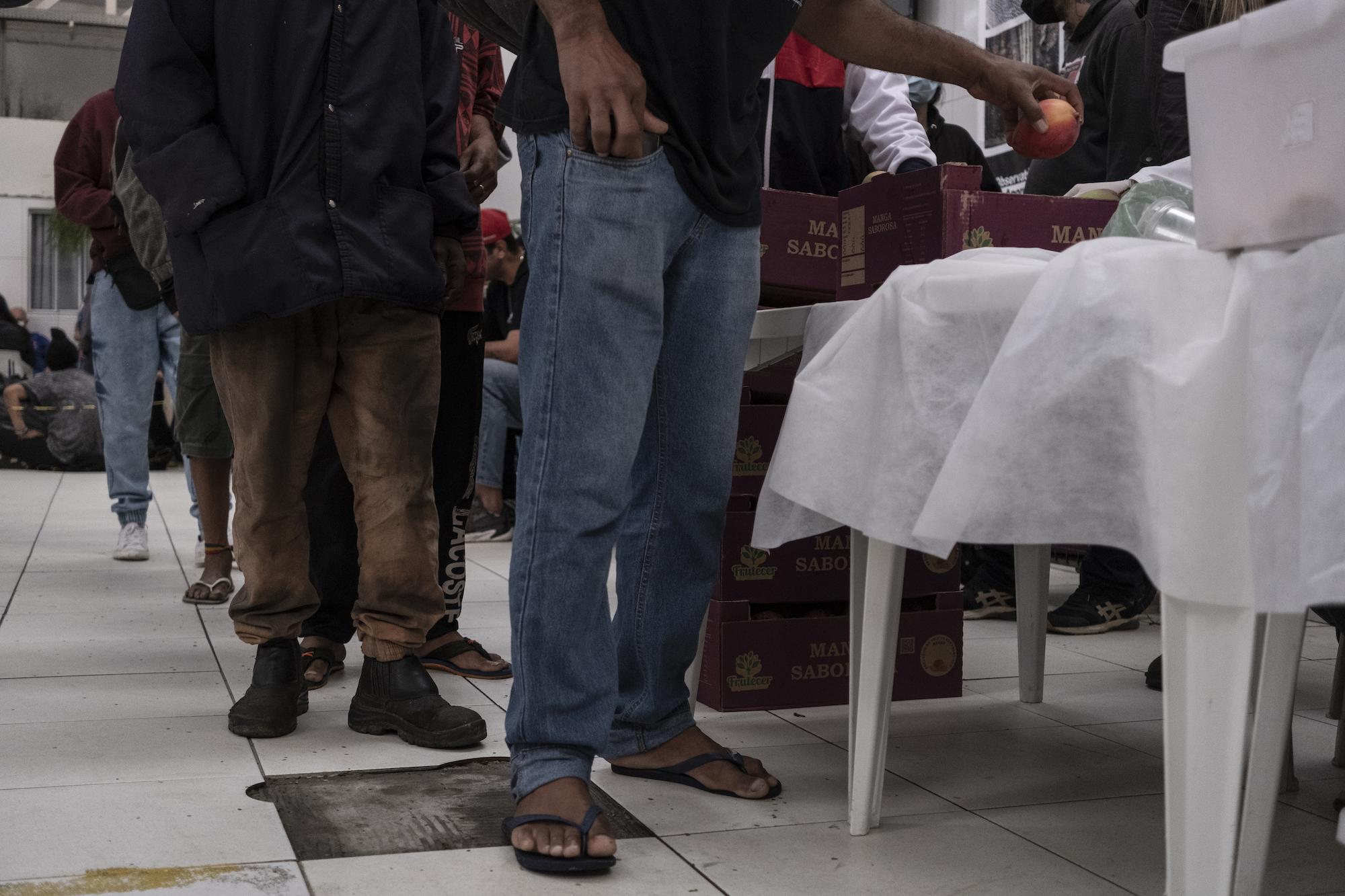
“More and more people are coming, easily 10 or 15 new families a week looking for a plate of food or something to snack on,” she says, adding that now that her partner is unemployed, she is “experiencing first-hand not having any money to buy food.”
For Cuevas, the price of food “is crazy”.
“Meat is a privilege that we don’t have,” she says. “We almost never have fruit, maybe oranges if we’re given some.”
When they cook at the community kitchen, it’s stew simmered in two pots – one holding 100 litres and another 50 litres – filled with rice, noodles, canned tomatoes and, if they’re lucky, chicken.
“I feel powerless and sad, because when my husband was working a white-collar job, we could buy what we wanted,” she says. “Now everything is much more difficult. There is so much inequality in this country.”
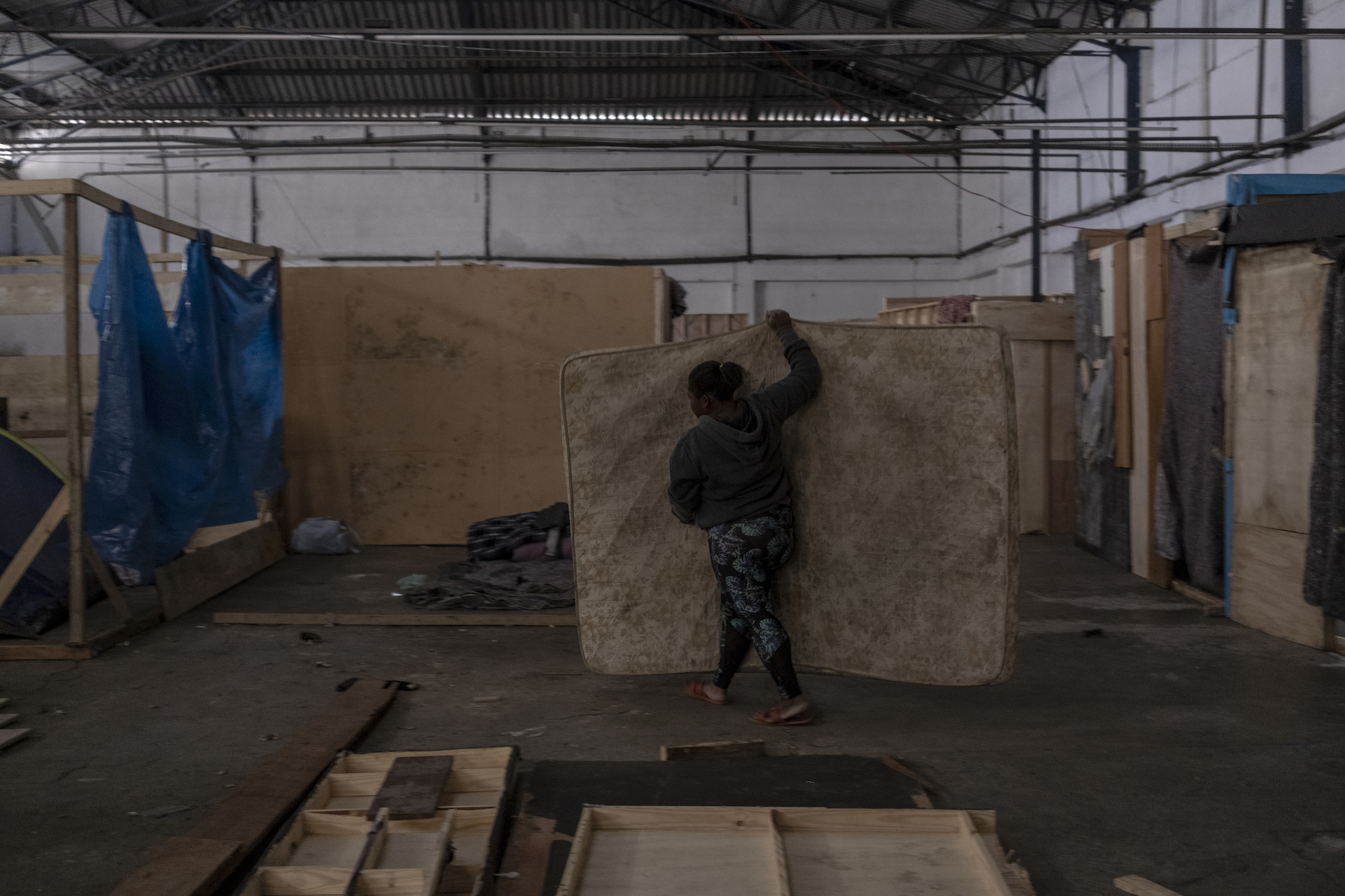
In Brazil, Moreira has faced similar challenges.
When she wasn’t picking oranges, she would do odd jobs as a server to try to make ends meet, but there still wasn’t enough to keep food on the table.
Now that she’s back in São Paulo, her children going hungry is one less thing to worry about thanks to the volunteers at the São Martinho de Lima Community Centre. She’s already reserved a spot for the four of them to live in a squatters’ community of about 100 people, located just across the street from the centre.
“There’s just enough room for everything we need,” she says, adding that they were given mattresses to sleep on. “Now all I need to do is buy some nails and save 50 reais (US$9.50) to pay one of the men there to help put up our walls.”
As a Black woman who works informal jobs and who has children in her home, Moreira represents all of the sectors of the population most affected by hunger in the country.
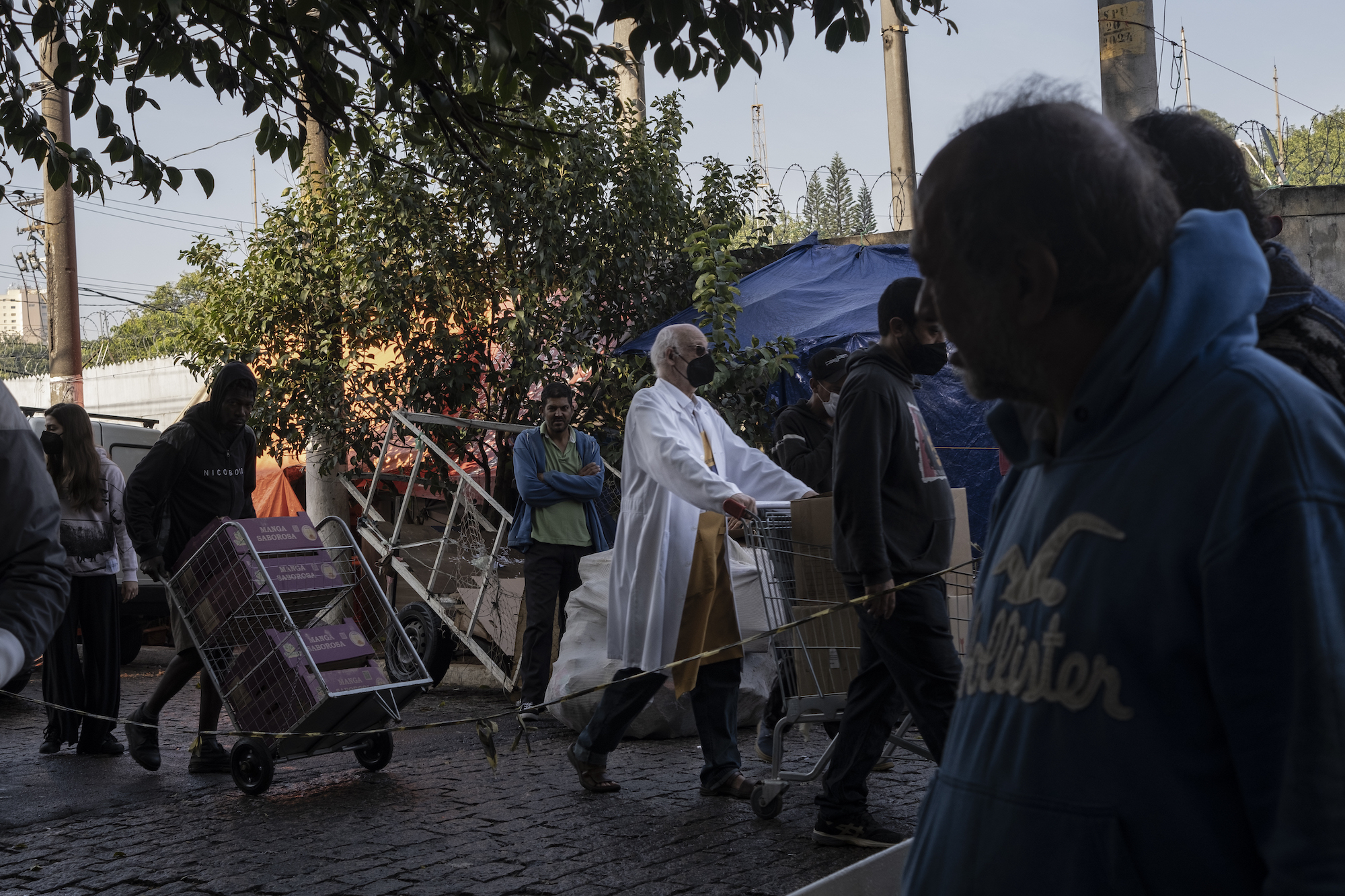
According to a study conducted by Brazilian Research Network on Food and Nutrition Sovereignty and Security (Rede Penssan), hunger among Brazil’s Black population increased by 70% between 2020 and 2022. The report, titled “Olhe Para a Fome” (Look at the Hunger), also highlights that households headed by women were more affected than those headed by men, with the percentage of such households experiencing hunger jumping from 11.2% to 19.3% in the last two years.
For households with children under 10, hunger doubled, reaching 18.1% this year. Hunger is also greater in households where the person responsible is unemployed (36.1%), works in small-scale farming (22.4%), or has informal employment (21.1%).
Welfare not easing insecurity
In São Paulo, Moreira spends the day travelling the city’s subway, selling gum and sweets to passengers on the packed trains. She could join the many other Brazilians who sell similar products at traffic lights, but she worries for her children’s safety next to the busy city streets.

Some people are kind, she says, and give her extra money when they see the kids. One man she met offered her a one-off job cleaning three houses that he planned to rent out. Thrilled to have enough work to pay for setting up her home across from the community centre, she accepted. But when she finished the back-breaking labour, the man told her he didn’t have the money to pay her. She left with nothing, unsure of how to make up for the time she had spent doing the unpaid work.
Moreira dreams of finding a steady job so that she can give her children more stability. She currently receives Auxílio Brasil, a cash transfer of 600 reais (US$115) per month for families living in poverty or extreme poverty, launched by the current federal government after it dismantled a similar welfare programme called Bolsa Família. But Moreira lives in constant fear that it will be lowered or cut.
“It helps with a few things, like diapers and other items for the kids, but it still doesn’t cover everything they need,” she says.

According to the Rede Penssan study, moderate and severe food insecurity grew in the last two years even for those who receive the benefit. For 32.7% of families that receive Auxílio Brasil and earn less than half of Brazil’s minimum wage – 1,212 reais (US$232) a month – per person in their household, hunger is still a reality.
For those in Argentina, it’s no different.
Victoria Clérici is one of the leaders of an Argentine association of informal recyclers, a job she says is becoming more and more popular, and which she estimates is currently done by 300,000 people across the country.
Meat and fruit, she says, are mostly “impossible” purchases for people living in Argentina’s working-class neighbourhoods.
Food in these neighbourhoods is more expensive, there isn’t as much variety and there are no supermarkets that can sell things cheaper
“Now we buy the cheapest cuts of meat, what we used to give to the dogs,” she says. “Chicken is consumed more because it’s cheaper, and then we can at least add something to the stew.”
According to Clérici, the neighbourhoods located on the outskirts of Argentina’s big cities suffer much more from inflation than the more affluent sectors, as they have less access to large shops that have the financial backing to offer bargains.
“It’s incredible, but food in these neighbourhoods is sometimes more expensive, there isn’t as much variety and there are no supermarkets that can sell things cheaper,” she says, noting that what most people can afford to buy isn’t healthy. “Even the food that arrives as state aid is all dry and low in protein.”
In Brazil, items in a typical Cesta Básica – the “basic basket” of staple foods such as rice, beans, pasta, flour and sugar, commonly distributed to poor households – also don’t provide complete and healthy meals to those who receive them. But for Moreira, the box would be a welcome help.
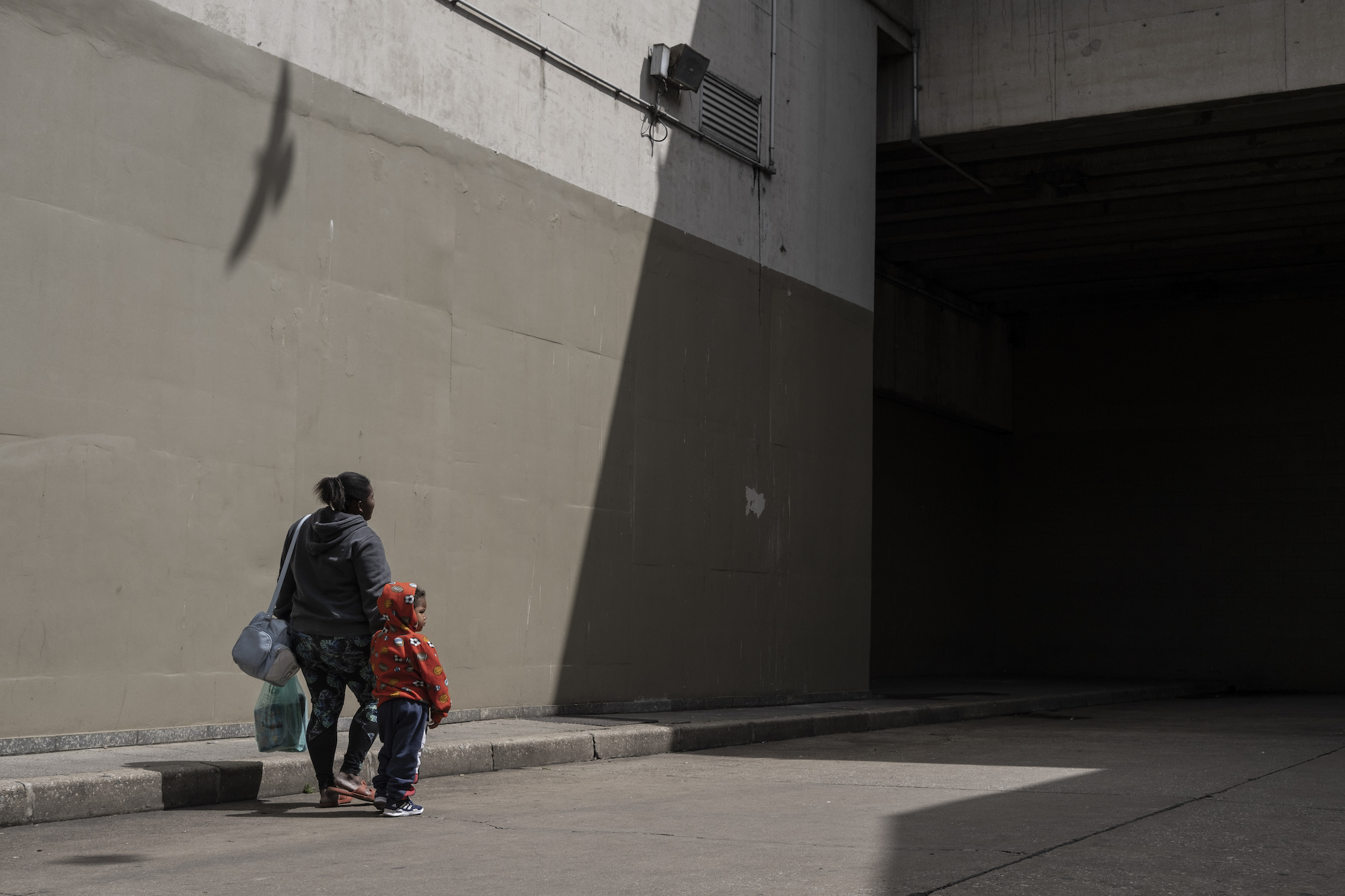
She and her children eat at the community centre every day while she works to save the 50 reais she needs to finish setting up their new home. She’s already working on enrolling her two girls in school now that they’ve moved (her son is still too young to go), and she’s hoping to find a steady job so she can put food on the table, leaving more room at the centre for others who need a helping hand from the volunteers.
“I want to stand on my own,” she says. “I’ve always worked hard, but it just isn’t enough anymore. No matter what I do, hunger is always there.”
